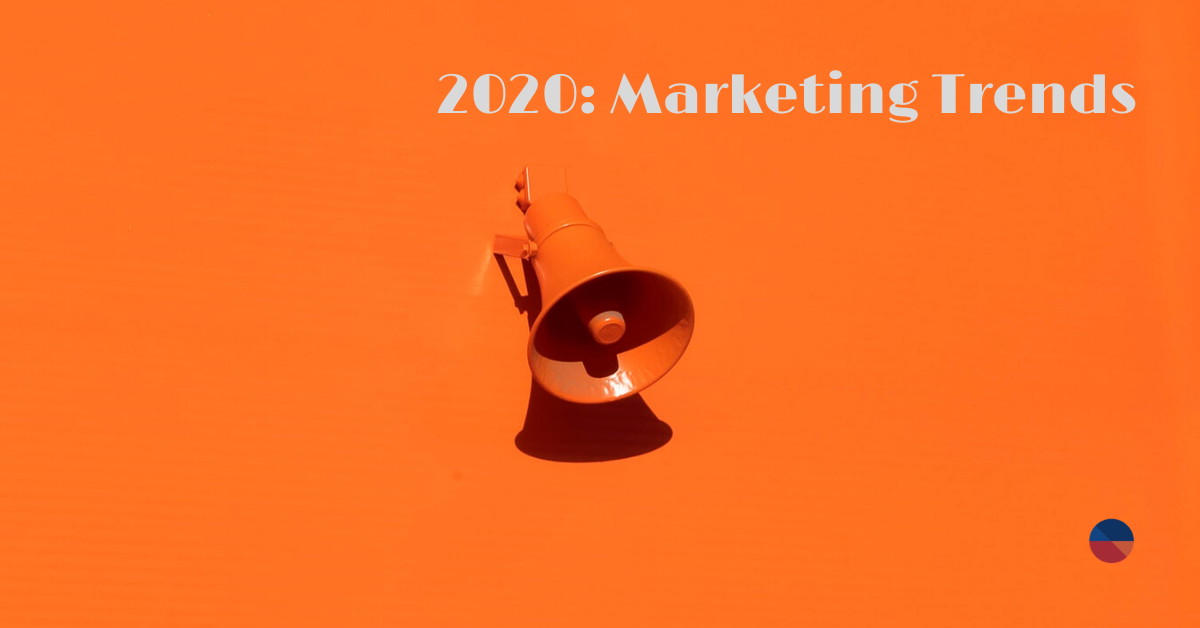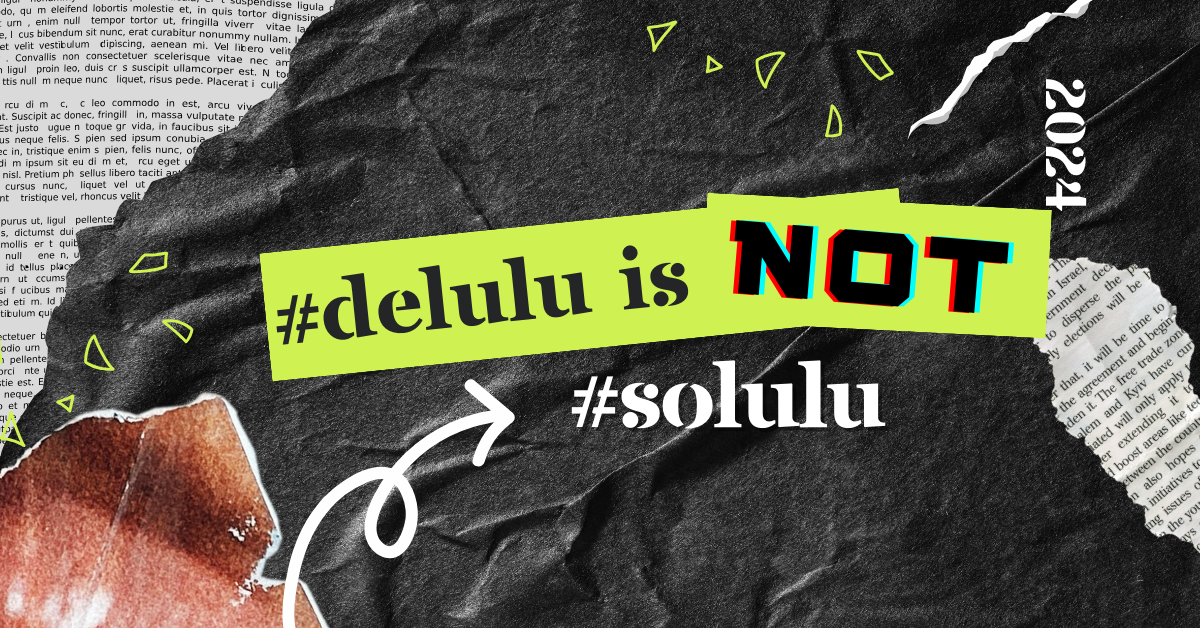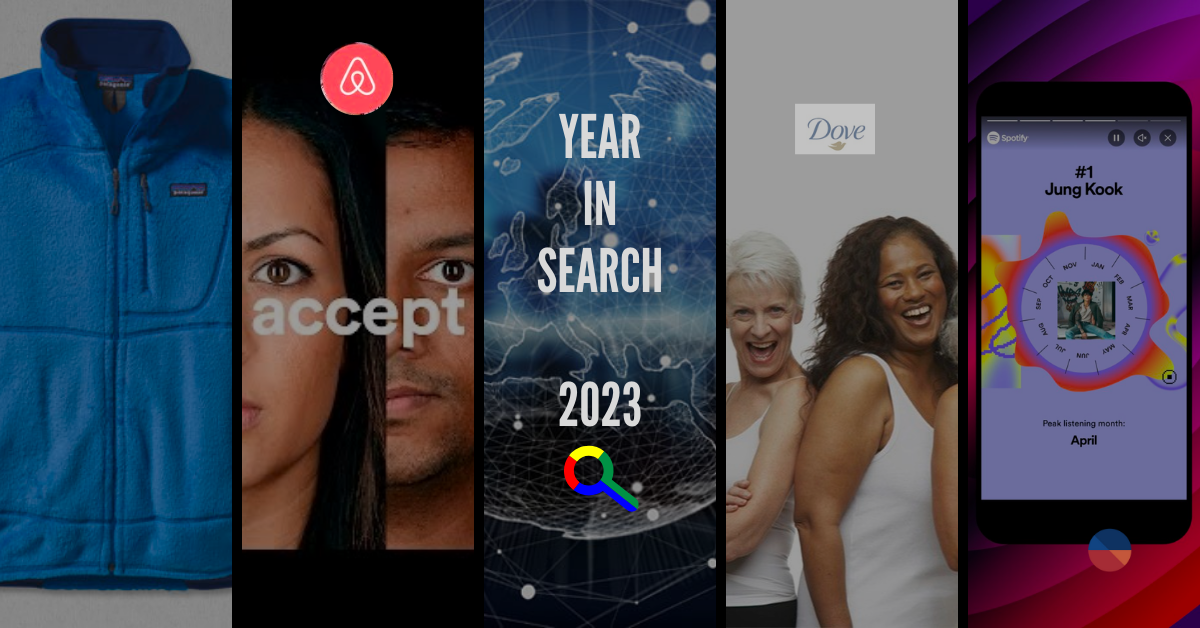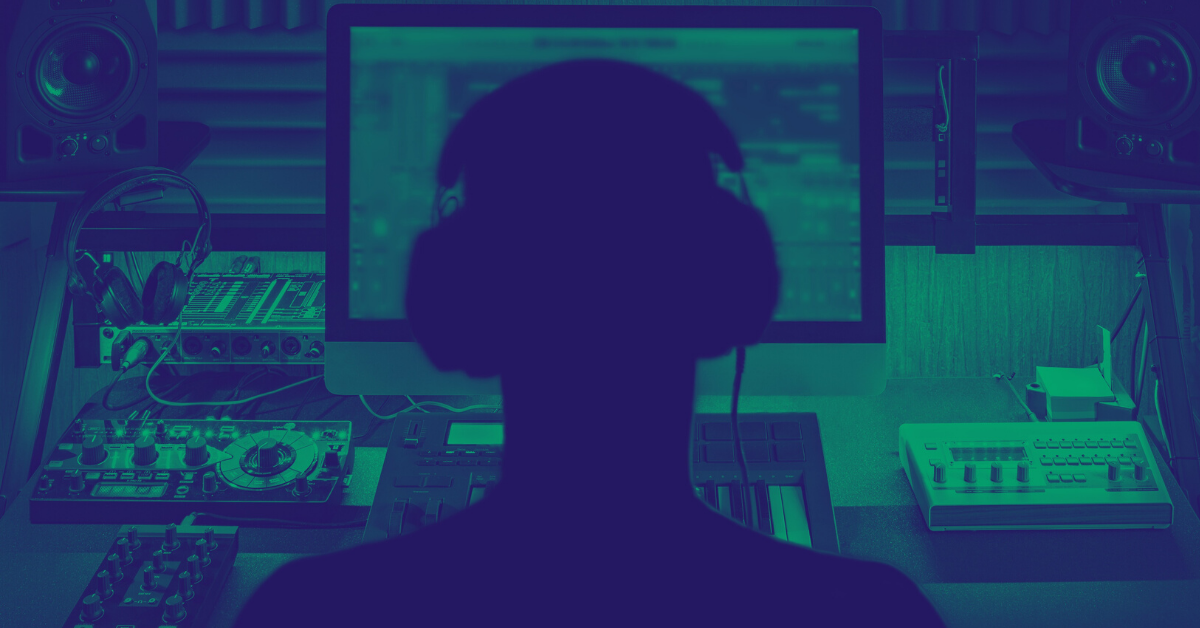Marketing Trends 2020
Based on the emerging trends (not all are essentially new, but most definitely will continue to impact the course for marketers in the coming decade) that we’re already seeing, here are Twelve things that I have curated and recommend adding to your watchlist for 2020:
Chatbots
When consumers have a question, 82% want an “immediate” response. This is Conversational marketing and it facilitates a one-to-one, real-time connection between marketers and customers. What is the most prevalent mode of exercising it? That’s right – Chatbots.
Chatbots have machine learning capabilities which allows them to build off previous conversational data from a customer and use that to personalize future conversations. They will continue to be an important part of digital marketing in 2020. This AI-based technology uses instant messaging to chat in real-time, day or night, with your customers or site visitors.
Key Statistics:
- Chatbots will power 85 percent of customer service by 2020. (Innovation Enterprise)
- 44 percent of executives believe artificial intelligence’s most important benefit is providing data that can be used to make decisions. (Chatbots Magazine)
- The top benefits of chatbots are 24-hour service (64 percent), instant responses to inquiries (55 percent) and answers to simple questions (55 percent). (The 2018 State of Chatbots Report)
- 63 percent of the people prefer messaging an online bot to communicate with a business or brand. (Mindshare)
- Chatbots are expected to cut business costs by $8 billion by 2022. (Impactbnd)
Chatbots are faster, less invasive and cut costs. We strongly recommend, onboarding one, if you haven’t already.
Programmatic Marketing
If you want to stand out in 2020, you need to personalize your marketing – and that means personalized content, products, emails and more.
Programmatic marketing gives marketers the opportunity to personalise at scale and to reach different customers with different creative messaging across media channels and partners.
According to Forrester, programmatic will prevail in digital ad spending in 2019 and by the end of 2023 will reach $25B, which is terrific in comparison to $11.4 billion in 2017.
Programmatic is really part of the next wave in the industry and we reckon will be one of the biggest trends in marketing in 2020. It will continue to grow and adapt over the decade, not only in display, but other areas as well. It has already expanded into audio, video and tv, and even billboards.
Artificial intelligence
Gartner projects that 30% of businesses will incorporate artificial intelligence (AI) in their sales processes in 2020. In fairness, we should expect more, especially when you consider the amazing benefits of AI. Artificial intelligence empowers sales and marketing teams to become more efficient and drive more revenue.
- 61 percent of marketers say artificial intelligence is the most important aspect of their data strategy. (Venture Harbour)
- 87 percent of current AI adopters said they were using or considering using AI for sales forecasting and for improving email marketing. (Forbes)
- When AI is present, 49 percent of consumers are willing to shop more frequently while 34 percent will spend more money. (AI Trends)
- Companies using AI for sales were able to increase their leads by more than 50 percent, reduce call time by 60–70 percent, and realize cost reductions of 40–60 percent. (Harvard Business Review)
- 47 percent of digitally mature organizations said they have a defined AI strategy for mobile, compared with 27 percent for non mature. (CMO)
- 83 percent of early AI adopters have already achieved substantial (30 percent) or moderate (53 percent) economic benefits. (Deloitte)
For example, you can use artificial intelligence and automation to:
- Improve Customer Retention and Loyalty
- Predict the Behavior of Your Customer with Propensity Modeling and Predictive Analytics
- Use AI-Powered Chatbots to Improve User Experience
- Leverage the Power of Audience Insights to Boost Search Ads
- Scale Up Your Content Marketing with AI-Generated Content
- Deliver a Highly Personalized Website Experience to Every User
- Optimize for Voice Search Queries
- Identify “Hot Leads”
- Reduce Cart Abandonment
- Target Customers Across Different Channels
- Boost Customer Lifetime Value (CLV)
- Upsell and Cross Sell to Customers
- Improve Blogger Outreach
- Generate Leads from Thank You Pages
- Automatically Suggest Content to Visitors
- Identify Bottlenecks in Your Sales Pipeline
- Measure the Performance of Your Marketing Campaigns
- Maintain a Central Hub for all Your Marketing Activities
- Cut Costs and Save Time
Video Marketing
Video marketing is one of, if not the, most important marketing trend today and very likely will remain so for the next few years. These numbers show the importance of incorporating video into your digital marketing strategy in 2020:
- 70% of consumers say that they have shared a brand’s video
- 72% of businesses say that video has improved their conversion rate
- 52% of consumers say that watching product videos makes them more confident in online purchase decisions
- 65% of executives visit the marketer’s website and 39% call a vendor after viewing a video
Video is by far the most popular way customers want to learn about new products:
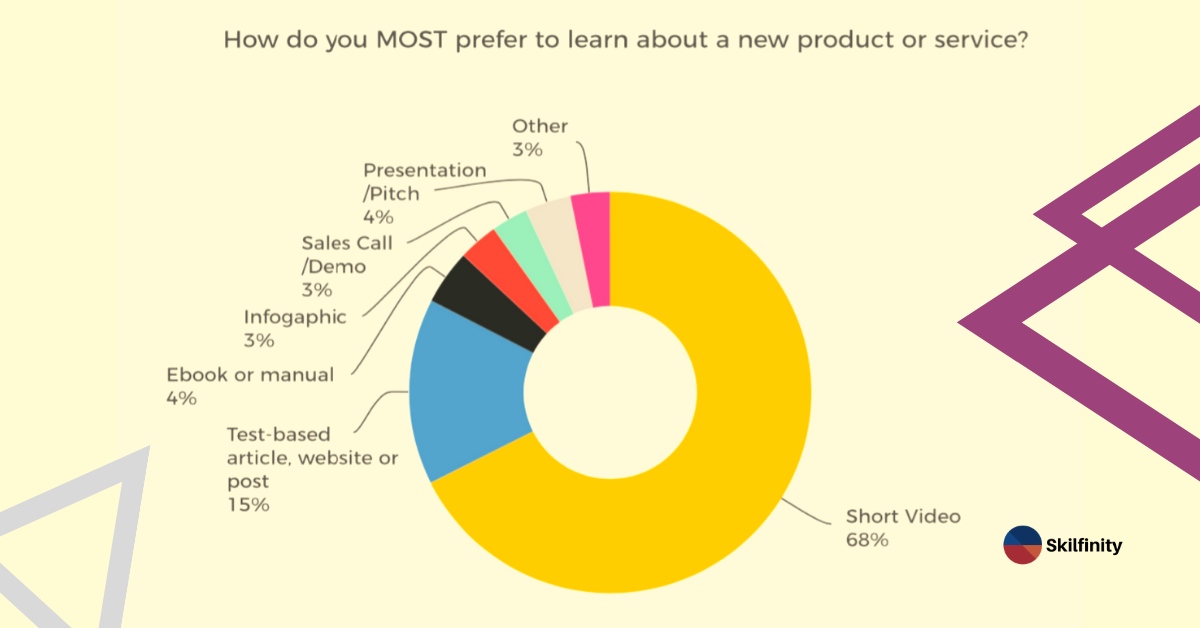

TRIVIA: One of the dominant trends in video marketing over recent months and years has been the rise of vertical video — which has become non-negotiable for modern viewers.
Voice Search Optimization
One of the biggest changes in 2020 will be the rising use and influence of voice interfaces, and how these tools will shape the evolution of digital as a whole. For clarity, the story here isn’t just about the rise of smart speakers, and the opportunity certainly isn’t limited to building an Echo Skill for your next ad campaign. Rather, voice interfaces have the potential to revolutionise the ways in which each and every one of us uses and interacts with all of our connected devices, with content, and – crucially – with search results.
Data based facts about Voice Search:
- According to ComScore, over 50% of the searches in 2020 will be from voice search.
- 41% of adults perform at least one voice search every day (source)
- Voice searches performed in Google are up 35x since 2008 (source)
- 20% of all searches on mobile are voice searches (source)
Most businesses optimizing for voice search today do so as an afterthought. They try to make changes to their existing content to make it better suited for voice search results. While that approach can be somewhat effective, it won’t be worthwhile in the long run.
More businesses are optimizing for voice search every day, using the same strategies and becoming equally competitive.
If you really want to stand out from the crowd for search engines, you should consider voice search optimization when developing content from the beginning.
Influencer Marketing
Today the question is not “What is influencer marketing?” but “Where is influencer marketing heading to?”
Having said that, Influencer marketing is not just a trend: A mediakix study predicts that the ad spend for influencer marketing could reach $10 billion by next year:


And cause influencer marketing is generally more authentic than corporate advertising:
- 63% of consumers trust influencers’ opinions of products much more than what brands say about themselves
- 58% of people have bought a new product in the past six months because of an influencer’s recommendation
In August 2019 Gartner published their latest digital marketing and advertising Hype Cycle. It features 28 technologies. All were selected with today’s unpredictable consumer in mind, but marketers looking to invest in martech should focus on these six in particular.
You can see that of the technologies on the Innovation Trigger slope, many aren’t expected to become mainstream for 5 to 10 years. Of those forecast to hit the mainstream within the next 2 to 5 years, the three most significant for marketers to consider are personification, real-time and conversational marketing. Influencer and Advocacy Marketing is a part of one of these.
Blockchain Technology
Blockchain is more than just Bitcoin, and it will have a huge impact on all industries, not just cryptocurrency. One of the major areas in which blockchain is exploding is digital marketing.
In 2020 and beyond, we’ll see these trends in blockchain:
- Tracking Media Buys
- Handling Social Impressions
- Verifying Online Identities
- Elevate Transparency
- Protect Personal Data
- Pinpoint Targeting
- Authentication and Provenance
Google Ads Smart Bidding
With intense competition on social media slowly suffocating organic reach, paid advertising will become a more trusted force in 2020. And when you consider the Smart Bidding feature on Google Ads, you’d be a fool not to give it a try.
According to Google Smart Bidding is:
“Machine learning algorithms train on data at a vast scale to help you make more accurate predictions across your account about how different bid amounts might impact conversions or conversion value.”
In other words, advertisers can hand the reins of their pay-per-click (PPC) campaigns to Google’s AI system, which will then optimize their budget to maximize their ROI. This works for any number of PPC goals, including:
- Target CPA – Generate new leads and customers for a maximum cost per acquisition that you set.
- Target ROAS – Set your sights on getting the best return on your advertising spend.
- Maximize Conversions – Rack up your advertising conversion rates, whether your aim is to get more email subscribers, downloads, or product sales.
Smart bidding allows you to use many different signals for your bid optimization, including:
- Device
- Physical location
- Location intent
- Weekday and time of day
- Remarketing list
- Ad characteristics
- Interface language
- Browser
- Operating system
Some of these signals are available as manual bid adjustments, but other signals (and combinations of signals) are only available via Smart Bidding:
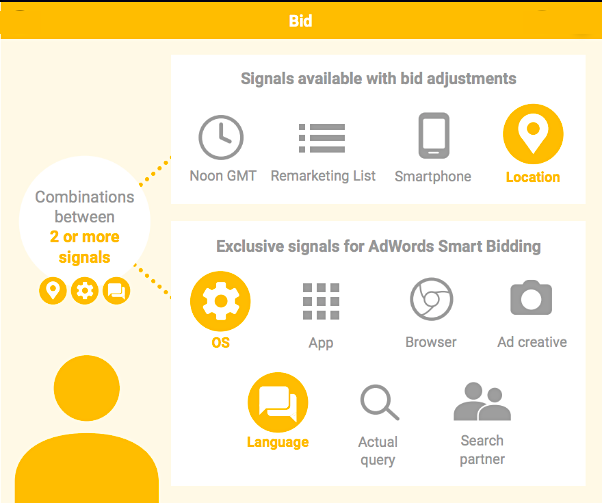

The bottom line is that with Smart Bidding running the show, marketers will have more free time to focus on strategy, copywriting, and analytics.
Micro-Moments
A micro-moment is “An intent-rich moment when a person turns to a device to act on a need – to know, go, do or buy.”


People generally make instant decisions within these four Micro-Moments:
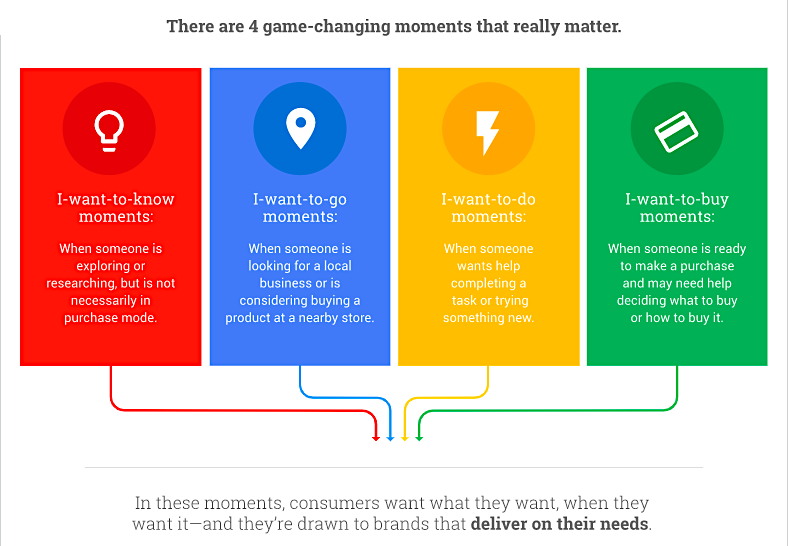

To take advantage of micro-moments in 2020, you need to be where consumers are searching for information in the moment – or, as Google puts it, marketers have to “be there, be useful, be quick.”
The growing popularity of micro-moments means that marketers must rethink the linear marketing funnel that follows a set path: awareness, consideration and decision.
In 2020 and beyond, the customer journey will be more dynamic and unpredictable, as it needs to respond to rapid changes in consumer desires. After all, in the mobile age, people have become accustomed to instant gratification. If they think or talk about something, they want to learn more, see more and buy more of it with just a few clicks of a button.
According to Mention:
“When we act on our needs in the moment, our expectations are high and our patience is low. This makes the quality, relevance and usefulness of marketing more important than ever.”
To get the most out of micro-moments in 2020, you should:
- Identify your consumers’ “I want to buy” moments
- Be there in these moments of need
- Deliver relevant content
- Make it easy for them to make a purchase
- Measure every moment that matters
SERP Position Zero
We’ve passed a milestone in Google’s evolution from search engine to walled-garden. In June of 2019, for the first time, a majority of all browser-based searches on Google.com resulted in zero-clicks.


What is Zero-Click?
The most literal definition is a search that results in zero website referrals, i.e. no web property receives a visit from the search.
The featured snippet, which appears in the highly coveted “position zero” in Google’s search engine results pages, like in this example is what we need to now fight for:
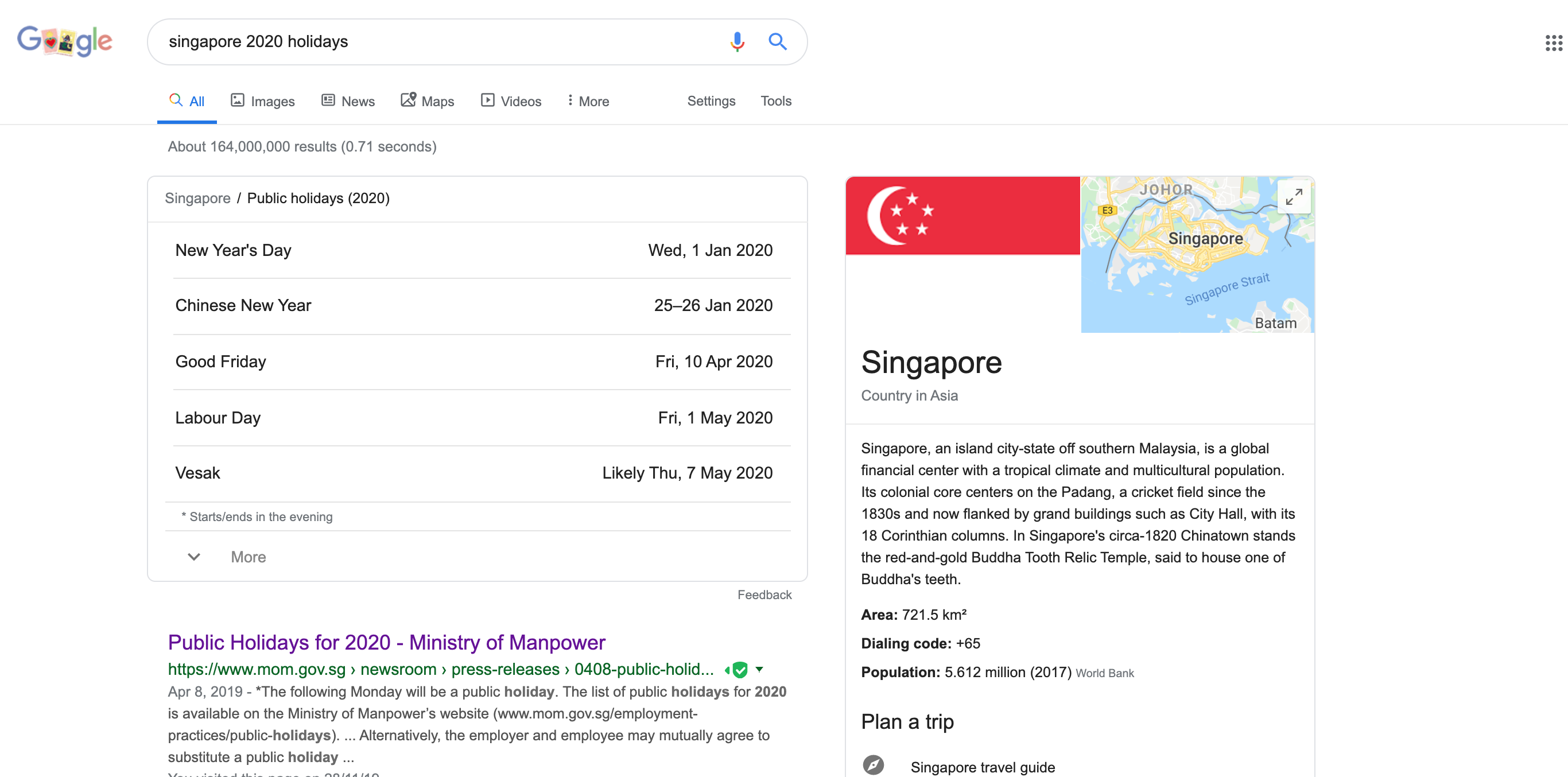

And according to Ahrefs, these are the most common words in search queries with featured snippets:
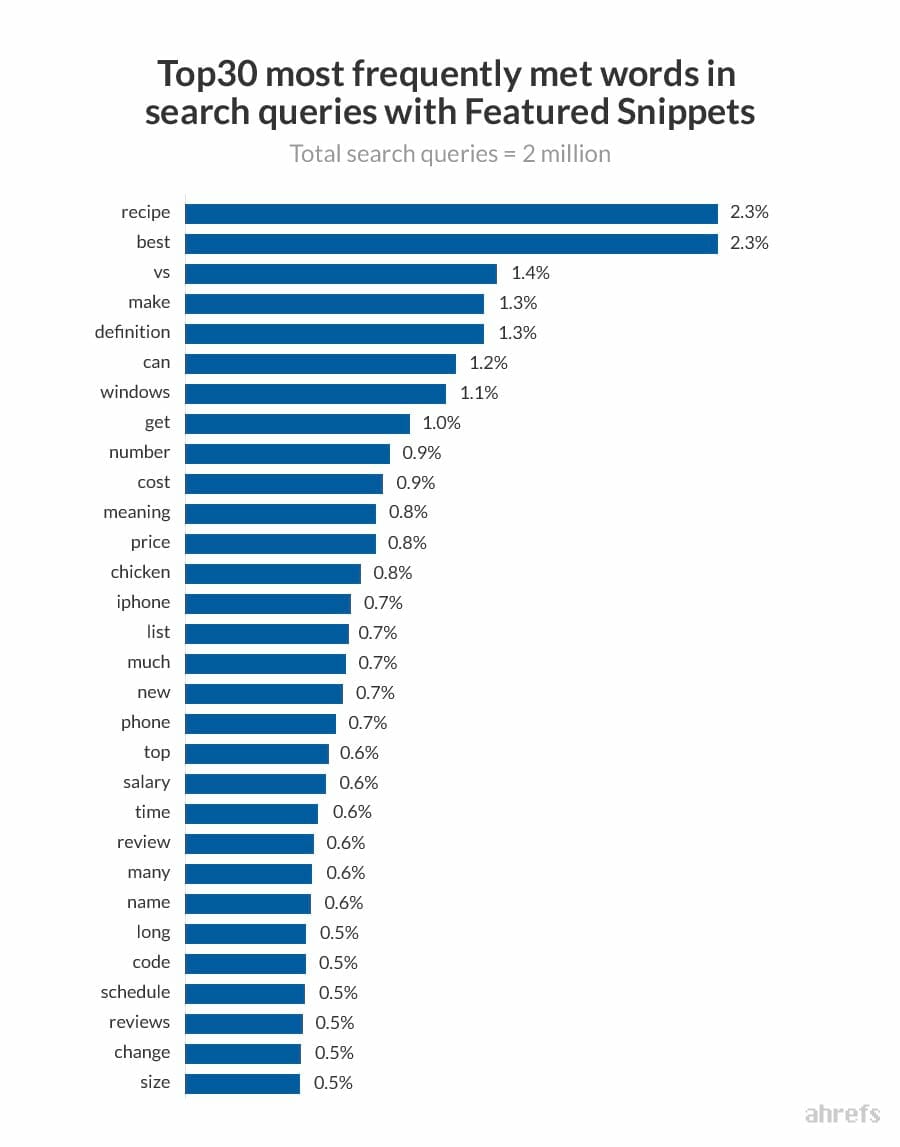

Because of this, more marketers will invest their resources in On-SERP SEO, which is the practice of optimizing web pages with the goal of claiming as much space in Google SERPs as possible. This boosts your click-through rate (CTR), driving more organic traffic to your site and increases the likelihood of claiming the top spot.
IoT Advertising
Never mind our mobile devices and laptops – from smart cars to household appliances to wearable tech, the Internet of Things (IoT) is getting more and more connected:
These days, it’s expected that connected devices and technologies will unobtrusively, and sometimes stealthily, collect data on our vital functions, what we do, where we go, what we share, what we believe, what we buy, who we know, how we move and even what we eat.
Which means, of course, that brands and marketers want to use (or are already using) this data for their own business and advertising purposes. For example:
- Johnnie Walker has a Blue Label bottle with built-in electronic sensors that can tell if the bottle has been opened and where it is in the supply chain.
- Malibu, another drinks company, takes it a step further, using their “connected” bottles as digital touchpoint to promote exclusive content.
And as 5G technology matures, more IoT devices will present more on-demand content for consumers and more advertising opportunities for marketers.
Neuromarketing
Last, but certainly not least, we’ll dip our toes into one of the most wow-inspiring digital marketing trends of 2020: neuromarketing. Nope, not quoting from a sci-fi movie, the reality is that this technology is advancing quickly and may become a viable tool for marketers soon.
For the uninitiated, neuromarketing is a strategy that analyzes measurements of a person’s brain activity and nervous system to determine which types of content they find engaging.
It is essentially designing marketing materials (including your website, ads, email campaigns and content) to evoke specific neurological reactions that trigger emotions or responses that are linked to purchasing. You can use this information to optimize your content accordingly and adjust your strategies, improving the effectiveness of your marketing.
SPARK Neuro, a neuroanalytics company that measures emotion and attention to optimize advertising and entertainment, is a leader in the space. The company combines biometrics, neurometrics and complex algorithms to analyze attention and emotion levels, effectively helping marketers figure out what content to focus on and what to avoid.
Forbes reports that the company is expected to work with political campaigns in the future. But whether that happens or not, we can be sure that neuromarketing will have a major impact on the future of marketing. The richest consumer data resides in the brain and any tool that helps companies understand the brains of their prospective customers is sure to be worth its weight in gold.
Conclusion
Hoping on the above ‘trends wagon’ is easier with MarTech tools. Some of my personal favourites for SEO are Ahrefs, Moz, SEMrush, ScreamingFrog.
Well, as this blog is already about 2500 words, so in the interest of time, I’ll conclude with – Hope the new decade brings you the best of wishes. The Millenium decade was indeed an awesome one for me personally, and I can’t wait to unveil what the future holds for me!
Happy New Year 2020 from all of us here at Skilfinity.

